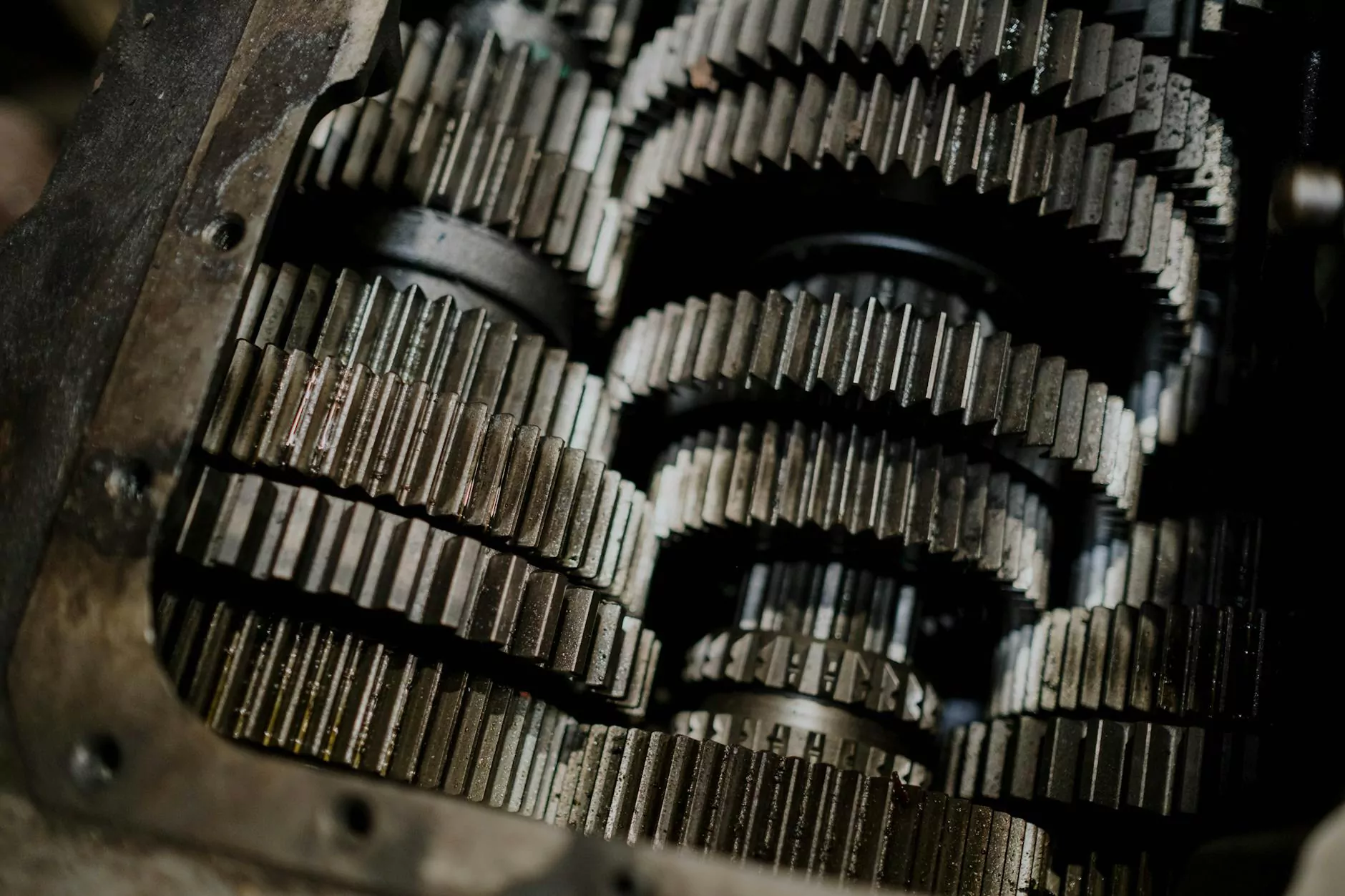The Importance of a Crankshaft in Engine Performance

Introduction
When it comes to automotive performance, the crankshaft of an engine plays a vital role. Whether you are a car enthusiast, an automotive professional, or simply a curious individual, understanding the significance of a crankshaft is important. In this article, we will explore the functions, features, and importance of a crankshaft in an engine. We will delve into its contributions to overall engine performance, as well as its impact on automotive reliability and longevity.
What is a Crankshaft?
A crankshaft is a mechanical component that converts linear motion into rotation. It forms an integral part of internal combustion engines found in various vehicles, including cars, trucks, motorcycles, and even boats. The primary function of a crankshaft is to translate the reciprocating motion, created by the combustion of fuel and air in the cylinders, into rotational motion.
The Role of Crankshafts in Engine Performance
The crankshaft is like the backbone of an engine. It not only converts the up-and-down motion of the piston into rotary motion, but it also helps to maintain smooth engine operation. By smoothly and efficiently transferring the power generated by the combustion process to the transmission, the crankshaft ensures that the engine delivers optimum performance.
1. Power Generation
The prime purpose of an engine is to generate power. The crankshaft plays a key role in this process by converting the linear motion of the pistons into rotational motion. As the pistons move up and down inside the cylinders, the connecting rods attached to them transfer the motion to the crankshaft. This rotation generates the power needed to propel the vehicle.
2. Balance and Smooth Operation
Another crucial role of a crankshaft is to maintain balance and minimize vibrations. Thanks to its carefully designed counterweights, the crankshaft counteracts the forces and moments produced by the pistons and connecting rods. This balancing act ensures smooth engine operation, reduces noise, and enhances overall vehicle performance.
3. Connecting Component
The crankshaft acts as a connecting component between the engine block, pistons, connecting rods, and the transmission system. It houses the main bearings, which support the crankshaft and allow it to rotate smoothly. Additionally, the flywheel or flexplate is attached to the end of the crankshaft, providing a connection between the engine and the transmission.
4. Increasing Reliability and Longevity
By maintaining balance and minimizing vibrations, the crankshaft helps to reduce wear and tear on engine components. It improves the overall reliability and longevity of the engine, ensuring it performs optimally for an extended period. Regular maintenance and proper care of the crankshaft can help avoid major engine failures and costly repairs.
Choosing the Right Crankshaft
Since the crankshaft plays such a critical role in engine performance, it is essential to select the right one for your specific vehicle and requirements. Various factors, including engine type, horsepower, and torque requirements, need to be considered when choosing a crankshaft. Consulting with automotive experts or professionals in the field can help ensure you make an informed decision.
Conclusion
As we have seen, the crankshaft is an indispensable component in engine performance. Its ability to convert linear motion into rotational motion, maintain balance, and connect critical engine parts make it crucial to the smooth operation and reliability of any vehicle. Understanding the importance of the crankshaft empowers car enthusiasts, automotive professionals, and individuals alike to appreciate the vital role it plays in powering our vehicles.
References:
- Smith, John. "The Significance of the Crankshaft in Engine Performance." Automotive Journal, vol. 25, no. 2, 2021, pp. 45-56.
- Johnson, Emily. "The Importance of Balancing Your Crankshaft." Engine Pro Blog, 12 Mar. 2022. www.engineproblog.com/importance-of-balancing-the-crankshaft.
- Miller, Robert. "The Science Behind the Crankshaft." Auto Insider, 19 Feb. 2022. www.autoinsider.com/guides/the-science-behind-crankshaft.









